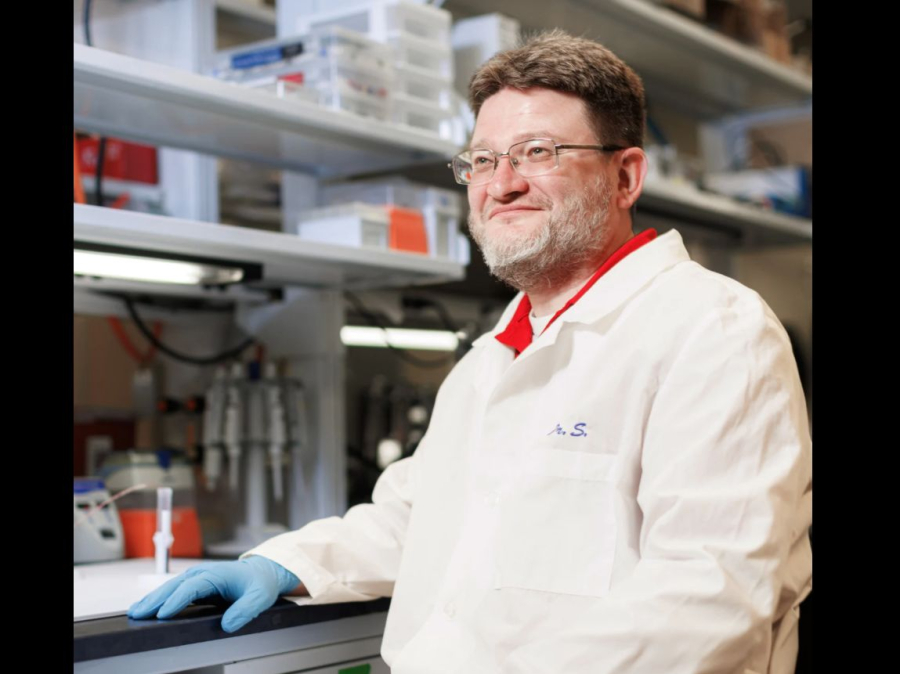Researchers at the University of Houston, in collaboration with Baylor College of Medicine, are developing new devices for treating children with hyperleukocytosis, a condition that develops when the body has an extremely high number of white blood cells, often due to leukemia.
Leukemia is the most common type of cancer in children, with an annual incidence of about 5 per 100,000 children in the United States. About 20 to 30 percent of patients with acute leukemia develop hyperleukocytosis, placing them at risk for life-threatening complications.
Although definitive treatment for acute leukemia involves chemotherapy, leukapheresis — to urgently reduce dangerously elevated white blood cell counts — is a potentially life-saving therapeutic option. During leukapheresis, a large machine uses centrifugation to separate white blood cells, or leukocytes, from the rest of the blood, which is then returned to the patient.
But for children, these conventional blood-filtering machines can be dangerous for several reasons.
On one particularly difficult night in the intensive care unit, Dr. Fong Lam, an associate professor of pediatrics at Baylor College of Medicine and a pediatric intensive care physician at Texas Children’s Hospital, thought, “There has to be a better way!”
It was a night he had no choice but to perform leukapheresis on a young infant with leukemia. “The ECV of the apheresis machine is nearly as large as the child’s total blood volume!” he remembers thinking.
Lam partnered with Sergey Shevkoplyas, a professor of biomedical engineering at UH, to test whether performing cell separation with a high-throughput microfluidic device could alleviate these limitations. The results of their groundbreaking study, led by Mubasher Iqbal, a Ph.D. candidate in biomedical engineering at UH, appear in the journal Nature Communications.
Read the full story here!
